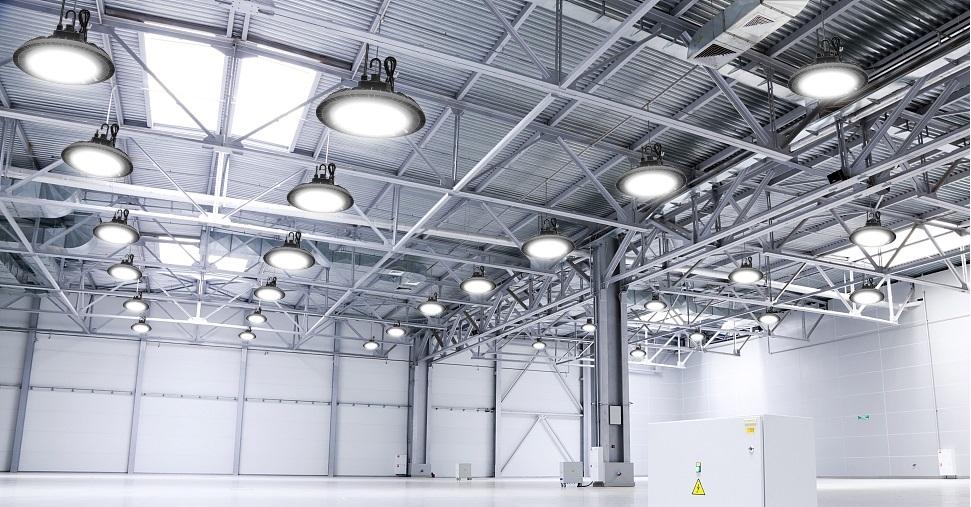LED Lighting
LED Lighting (Light Emitting Diode Lighting) is a highly energy-efficient and long-lasting lighting technology that has transformed the way we illuminate our homes, businesses, streets, and industrial spaces. Unlike traditional incandescent or fluorescent bulbs, LEDs produce light by passing electrical current through a semiconductor, which emits photons (light) through a process called electroluminescence.
LEDs are available in a wide range of colors, brightness levels, shapes, and designs—making them suitable for virtually every lighting application, from decorative indoor lighting to high-intensity outdoor floodlights and industrial fixtures.
Key Advantages of LED Lighting:
-
Energy Efficiency: LEDs use up to 80% less energy than incandescent bulbs and up to 50% less than CFLs, significantly reducing electricity costs.
-
Long Lifespan: LEDs last up to 25,000–50,000 hours, which is many times longer than traditional lighting options.
-
Durability: LEDs are solid-state lights, making them resistant to shocks, vibrations, and external impacts—ideal for both indoor and outdoor use.
-
Instant On/Off: LEDs light up instantly without warm-up time, and they don’t flicker.
-
Eco-Friendly: LEDs contain no mercury or toxic elements and produce significantly less CO₂ emissions.
-
Design Flexibility: Available in compact and slim forms, LEDs enable innovative architectural lighting and smart lighting systems.
Applications of LED Lighting:
-
Residential: Bulbs, tubes, strip lights, downlights, ceiling panels
-
Commercial: Office lighting, retail displays, signage
-
Industrial: Warehouses, factories, machine lighting
-
Outdoor: Street lights, floodlights, landscape lighting
-
Automotive: Headlights, interior lighting
-
Smart Lighting: Integrated with sensors and IoT for automation and energy savings
Smart LED lighting systems are becoming increasingly popular. They allow users to control brightness, color temperature, and even scheduling through smartphones or voice assistants, enhancing convenience and energy management.
Challenges and Considerations:
-
Initial Cost: While prices have dropped significantly, LED lighting can still be more expensive upfront than older technologies.
-
Heat Management: LEDs generate heat at the semiconductor level, requiring proper heat sinks to maintain performance.
In conclusion, LED Lighting is a revolutionary, cost-effective, and sustainable lighting solution. It not only reduces energy bills but also enhances comfort, aesthetics, and environmental responsibility—making it the preferred choice across industries and households worldwide.
